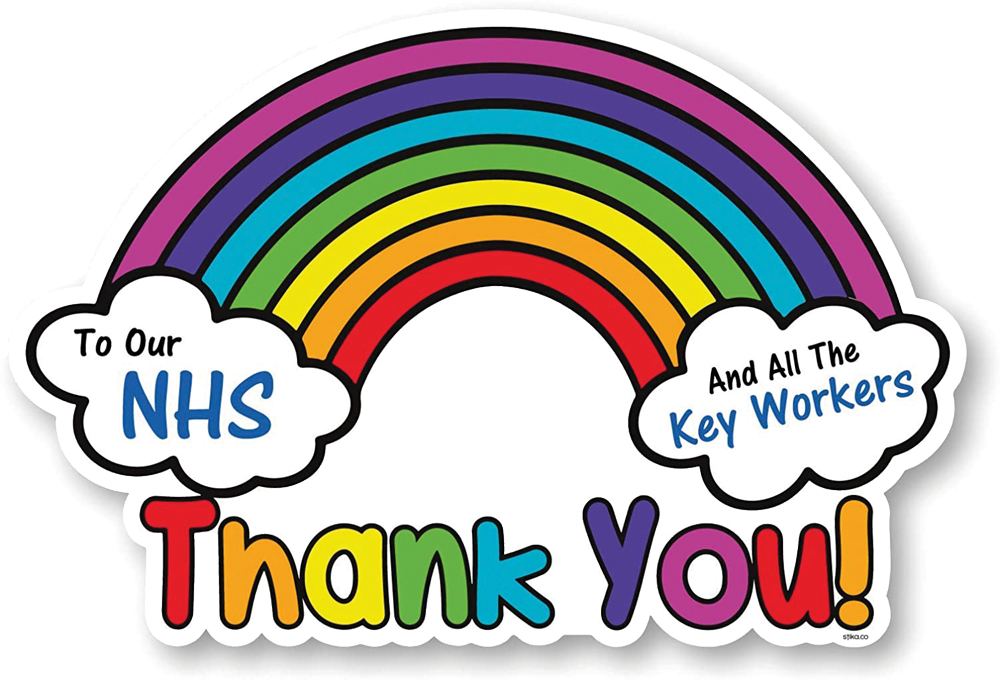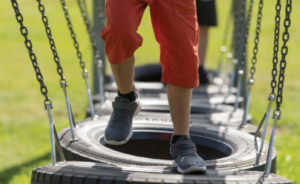
by Dr. Amanda Gummer
www.goodplayguide.com
There is clearly some great work being done, but the issue is that there’s no overarching strategy and a lack of cohesion so the examples of best practice in supporting young families are not replicated and often under-funded.
The arguments in support of providing high quality services and facilities for young families have been well-researched and include economic arguments. The work of Professor James J. Heckman shows how much better for the economy the preventative interventions are in the longer term, and in respect to health – the demand and strain on physical and mental health services is reduced if families are able to engage actively with their community. Not only does this reduce isolation and increase parents’ support networks, but engaging in activities within the community promotes healthy activity levels and encourages general wellbeing in both parents and children. Educational outcomes are also improved when sufficient support is provided in the early years and the longer-term benefits lead to reductions in school exclusions and a positive impact on children’s mental health.
One of the key areas of contention in this area is the split between universal and targeted interventions. Universal provision is available to all families and, when done properly, is sufficient for most families to help them manage and hopefully thrive. Targeted support focuses on supporting particularly vulnerable families who often have multiple challenges. The targeted support can be expensive and vulnerable families may not engage with health visitors and social workers as they are afraid of being judged, and the possibility of having their children taken into care.
The accepted wisdom is that there is no magic money tree and difficult decisions need to be made. I disagree. I believe that by thinking more strategically, and using examples that are already working well – such as the play streets initiative and befriending services, empowering parents who have benefitted from this support to give back once their children are older, we will be able to quickly see the benefits across all of the above areas. It soon becomes a ‘no-brainer’ to fund initiatives that more than pay for themselves in the long run.
It is my firm belief that by taking a play-based approach to supporting families through community play groups, well-designed and maintained play spaces and parent and toddler play clubs, we will go a long way to improving physical and mental health so children will be more active and social, and importantly, parents will not feel so isolated.
Parents and carers can help make their families more playful by giving children a ‘balanced play diet’ – making sure they get plenty of opportunity for active, social, imaginative play (the super-foods of the play diet) and limiting their solitary, sedentary, passive play time – in the same way you would limit their intake of sweets and treats.
Five tips to help balance your child’s play diet:
• Active, social, child-led play is the superfood of the play diet. So try, where you can, to make this a big part of your daily routine.
• Balance inside and outside activity and choose toys that can be used inside to promote active play even when the children can’t go outside.
• Don’t forbid screen time or tech play. Engage with it but don’t use it as a babysitter
• Mix and match playmates – children play differently with different people so involve other family members, older and younger children as well as peers (bearing in mind of course any social distance guidance!)
• Do your research before buying toys, tech or apps for children to make sure they’re going to get maximum benefit from it. Our Good Play Guide has a host of recommended games, all independently reviewed as a great starting point.
The abilities to control the playfulness of your child’s play diet and the different stimuli they interact with is at the core of promoting a healthy family life that ideally connects them with other parents. It is important too that parents consider their own welfare to help them overcome high-stress levels and their own health and wellbeing for their own benefit but also to set any example for their children who will look to them as role models and begin to copy them. A parent-centred approach to family life can help to achieve this by giving parents the ability to meet their own needs, in turn providing their children with a healthy model of adulthood to copy and learn from.
Whilst the latest report from the Royal Commission has done a great deal to re-focus the attention within mass media, it is important that it does not become another talking shop moment and that decisive action is taken in to create an overall strategy to support parents and children in their early years.
Dr. Amanda Gummer – making the world more playful. Amanda has a PhD in Neuropsychology and over 20 years’ experience working with children and families. She is a media friendly, go-to expert on play, toys and child development. She can be regularly seen in the media including BBC News, Sky News and The Daily Mail offering advice on the news stories which matter most to families and issues surrounding child development. Founder of Dr. Gummer’s Good Play Guide (www.goodplayguide.com) home of and The Good App Guide she is dedicated to ensuring every child can develop the skills they need to thrive and
enjoy a happy, healthy childhood.






 Alternative social interaction
Alternative social interaction

 eep active and keep healthy
eep active and keep healthy









